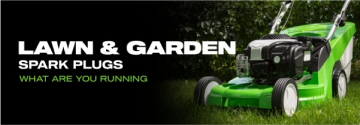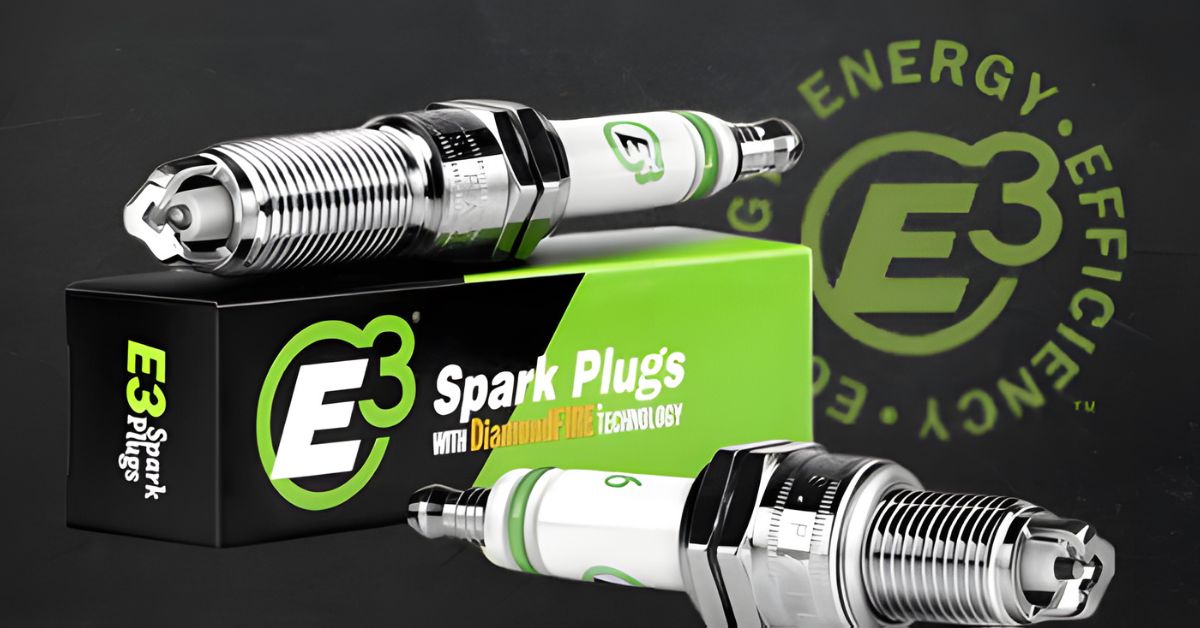
When it comes to optimizing your vehicle’s engine performance, every component plays a critical role. Among these, spark plugs often don’t get the spotlight they deserve.
However, understanding their function and choosing the right type can be a game-changer for automotive enthusiasts and DIY mechanics. Keep reading to understand the complexities of spark plug heat range and how to choose the right one for your vehicle.
The Basics of Spark Plugs
Before we get into the heat range, let’s briefly review the relationship of the spark plug to engine performance. Their primary function is to ignite the air-fuel mixture within the combustion chamber, a process that powers the engine. These small yet mighty components are crucial for initiating combustion and ensuring smooth engine operation.
The importance of spark plugs transcends basic engine ignition. They influence fuel efficiency, emissions, and overall engine performance. A misfiring spark plug can lead to poor fuel economy, increased emissions, and even engine damage over time.

Spark Plug Heat Range and What It Means
The heat range of a spark plug refers to its ability to dissipate heat from the combustion chamber. This characteristic is critical because it affects how well the spark plug can perform under varying engine conditions. Essentially, the heat range determines whether a spark plug runs “hot” or “cold.”
A “hot” spark plug retains more heat in the insulator tip, making it ideal for lower-speed driving conditions where the engine doesn’t generate extreme temperatures. Conversely, a “cold” spark plug dissipates heat more efficiently, making it suitable for high-performance engines and aggressive driving habits. Understanding this balance is key to optimizing your engine’s efficiency and avoiding issues like pre-ignition and fouling.
Why Choosing the Right Heat Range Is Important
Choosing the right heat range for your spark plugs is paramount to ensuring optimal engine performance and longevity. A spark plug with an incorrect heat range can lead to various engine issues. If the heat range is too high, the spark plug may overheat, potentially causing pre-ignition and knocking—conditions that can severely damage the engine’s internal components.
Conversely, if the heat range is too low, the spark plug may not reach the necessary temperature to burn off carbon deposits, resulting in fouling and poor ignition efficiency. It’s crucial to align the spark plug’s heat range with the engine’s operating conditions and specifications.
Factors To Consider When Choosing the Right Heat Range for Spark Plugs
Selecting the appropriate spark plug heat range involves considering several factors, each of which can influence your engine’s performance.
Vehicle Engine
To find the right heat range for spark plugs, one must first understand the vehicle’s engine specifications. This includes the engine’s compression ratio, operating temperature, and typical driving conditions. Engines with high compression ratios generally generate more heat, necessitating a colder spark plug to prevent overheating and pre-ignition.
Engines with lower compression ratios benefit from hotter spark plugs to maintain optimal combustion temperatures and prevent fouling. Additionally, high-performance or heavy-duty vehicles often require spark plugs with a heat range that can withstand demanding conditions.
Driving Habits
Your driving habits play a significant role in determining the most suitable spark plug heat range for your engine. If you frequently engage in stop-and-go city driving, where your engine operates at lower speeds and temperatures, a hotter spark plug will be more effective in preventing carbon fouling and maintaining efficient combustion.
If your driving involves high-speed highway travel or you often drive aggressively, generating higher engine temperatures, a colder heat range plug would be preferable to dissipate heat more effectively and avoid pre-ignition or knocking. Tailoring your spark plug selection to match your driving style is essential for optimizing engine performance and ensuring consistent and reliable operation under various driving conditions.
Engine Modifications
Engine modifications, such as turbocharging, supercharging, or aftermarket exhaust systems, can significantly alter the thermal dynamics of your engine, thereby affecting the optimal spark plug heat range. Forced induction systems like turbochargers and superchargers increase the engine’s power output and, subsequently, its operating temperatures. In such scenarios, a colder spark plug better manages the elevated heat levels and prevents engine knocking or pre-ignition.
Modifications that enhance the engine’s airflow, fuel delivery, or compression ratio necessitate a reassessment of the spark plug heat range to ensure that the plugs can handle the modified thermal loads. It is crucial to modify the spark plug heat range to the specific adjustments implemented to safeguard the engine’s performance and reliability.

Heat Range Codes and How To Read Them
Interpreting spark plug heat range codes can seem daunting, but it’s relatively straightforward once you understand the basics. Spark plug manufacturers use different coding systems to denote the heat range, and these codes vary from one brand to another.
For instance, NGK uses a numerical scale where lower numbers indicate hotter plugs and higher numbers indicate colder plugs. Conversely, Bosch uses a reverse system, where higher numbers denote hotter plugs. Familiarizing yourself with the coding system of your preferred brand will simplify the selection process.
Heat Range Charts
When comparing different brands, it’s crucial to reference heat range charts that translate one brand’s coding system to another. This helps ensure you’re making an accurate comparison and choosing the right spark plug for your needs. Online resources and manufacturer websites often provide comprehensive charts and guides to assist you in this process.
Tips for Spark Plug Heat Range Maintenance
Maintaining your spark plugs and troubleshooting issues related to heat range is vital for ensuring long-term engine performance.
Inspect Them Frequently
Regular inspection of your spark plugs is essential for identifying potential issues before they escalate. Examine the spark plugs for signs of wear, such as eroded electrodes or excessive carbon deposits, which can indicate problems with the heat range or overall engine operation. Use a spark plug gap tool to measure the gap between the electrodes, ensuring it aligns with the manufacturer’s specifications.
Additionally, check the ceramic insulator for cracks or damage, as these can compromise the plug’s performance. Keeping a log of your spark plug condition and any adjustments made can provide valuable insights over time, helping you fine-tune your engine’s performance with greater precision.
Replace When Recommended
Timely replacement of spark plugs is crucial to maintaining optimal engine performance and avoiding potential damage. Refer to your vehicle’s owner manual, which provides recommended mileage intervals between replacement, typically 30,000 to 100,000 miles, depending on the type of spark plug and driving conditions. Failing to replace spark plugs when recommended can lead to issues such as misfires, decreased fuel efficiency, and increased emissions.
During replacement, ensure you torque the new spark plugs to the manufacturer’s specifications to prevent issues related to improper installation, such as thread damage or inadequate heat dissipation. Regularly replacing your spark plugs as part of a comprehensive maintenance schedule will help preserve engine efficiency, performance, and longevity.
Find Spark Plugs for Your Car, Truck, ATV, and More at E3 Spark Plugs!
If you’re ready to replace your pickup truck spark plugs or plugs for your car, all-terrain vehicle, or other ride, E3 Spark Plugs is here to help! Our wide inventory of high-quality spark plugs provides better performance, fuel efficiency, and longevity to your internal combustion engine.
Find the ideal spark plug for your vehicle or contact our helpful staff to talk with a spark plug expert about what’s best for you today!







